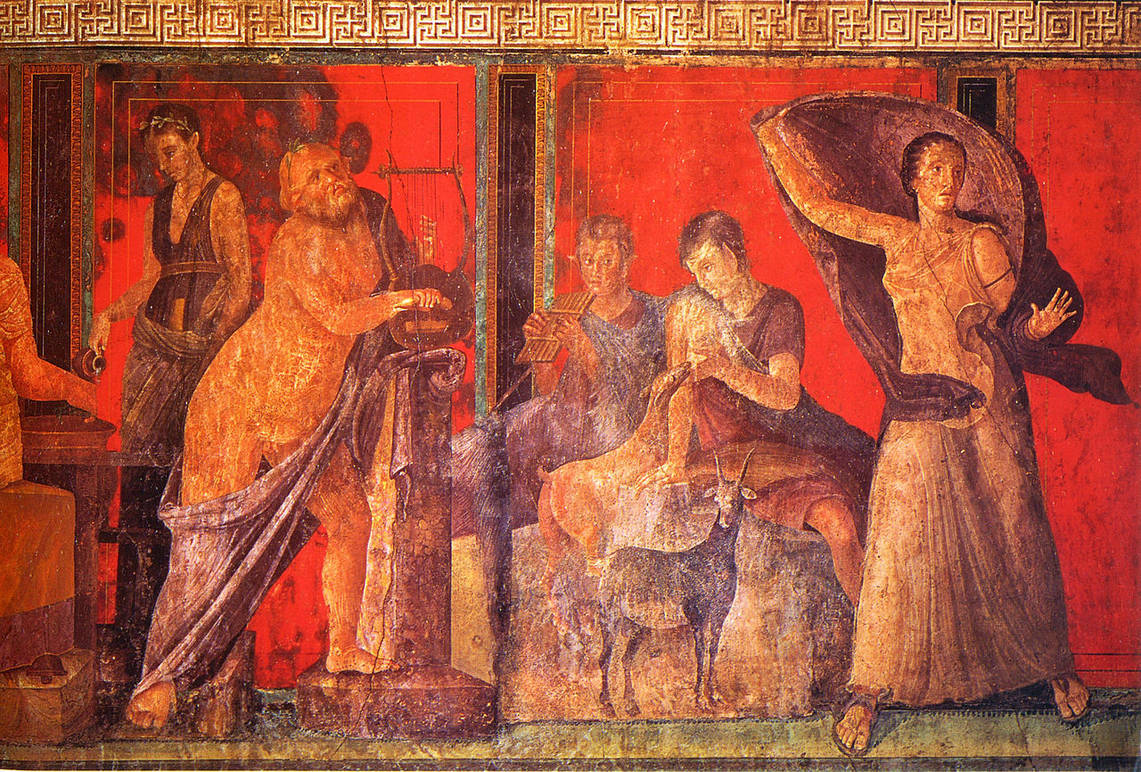Making Wine From Pompeii’s Ashes
Back in 1996, winemaker Piero Mastroberardino had the idea to plant and harvest vineyards in the archeological site of Pompeii, to give new life to the area’s ancient wine-making tradition. Initially covering a limited area, the vineyard has grown over the years and now encapsulates 1.5 acres of the UNESCO world heritage site, divided into 15 areas.
This year marks the 20th edition of the harvest, which has now become a beloved tradition. The general director of the archeological area Massimo Osanna and Piero Mastroberardino of Mastroberardino wines, one of Campania’s oldest and most important wineries, recently presented the latest vintage, Villa dei Misteri 2012, and opened the doors to the newly renovated wine cellar.
The idea behind this pioneering project was to “resuscitate” the land’s native wine combining ancient and modern techniques.
When the infamous 79 C.E. eruption of Mount Vesuvius obliterated the city of Pompeii, it also covered it in ash, thus preserving to this day the shells of its houses, people, and even parts of its vineyards.
Mastroberardino had experts scour the area in search of marks left by ancient grapes and vines, which they then used to study and reconstruct the species and varieties used 2000 years ago. They then replanted them in their original plots and harvested them usung ancient Pompeian techniques gathered through the study of the site, as well as depictions and texts by Pliny the Elder.
The historian who died under the volcano’s ashes, listed the grape varieties in use at the time, eight of which were planted in the site’s first experimental vineyard: Greco, Fiano, Aglianico, Piedirosso (the dominant grape in Villa dei Misteri), Sciascinoso (or Olivella), Coda di Volpe, Caprettona, and Falanghina. Some of these, such as Sciascinoso, had almost dissppeared so this project is a way to give them new life, according to Mastroberardino.
The vines were planted following the old techniques, with a density of eight thousand plants per hectare (about three acres). In other words, Pompeii's urban vineyards are jam-packed.
Which enologists are just now realizing is actually positive since the competition for water and nutrients stresses the vines to yield better grapes.
The Romans would then mix their wine with such things as pine resin to make them withstand traveling inside terracotta containers. Mastroberardino found that this practice alters the wine’s flavor rendering it “undrinkable” according to today’s standards. After some experimentation, the wine-makers made some alterations to turn it into something more palatable to modern consumers.
This new/ancient red wine was named “Villa dei Misteri” (villa of the mysteries) after the eponymous roman dwelling, known for its beautifully preserved red frescoes, which are believed to depict the initiation of a young woman into a Greco-Roman mystery cult. It features hints of vanilla, cinnamon, and plum.






































i-Italy
Facebook
Google+
This work may not be reproduced, in whole or in part, without prior written permission.
Questo lavoro non può essere riprodotto, in tutto o in parte, senza permesso scritto.